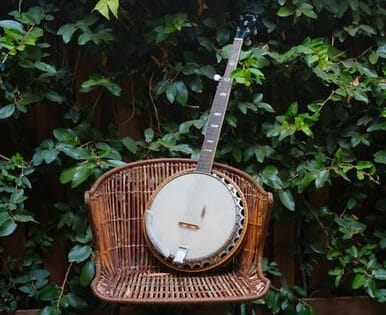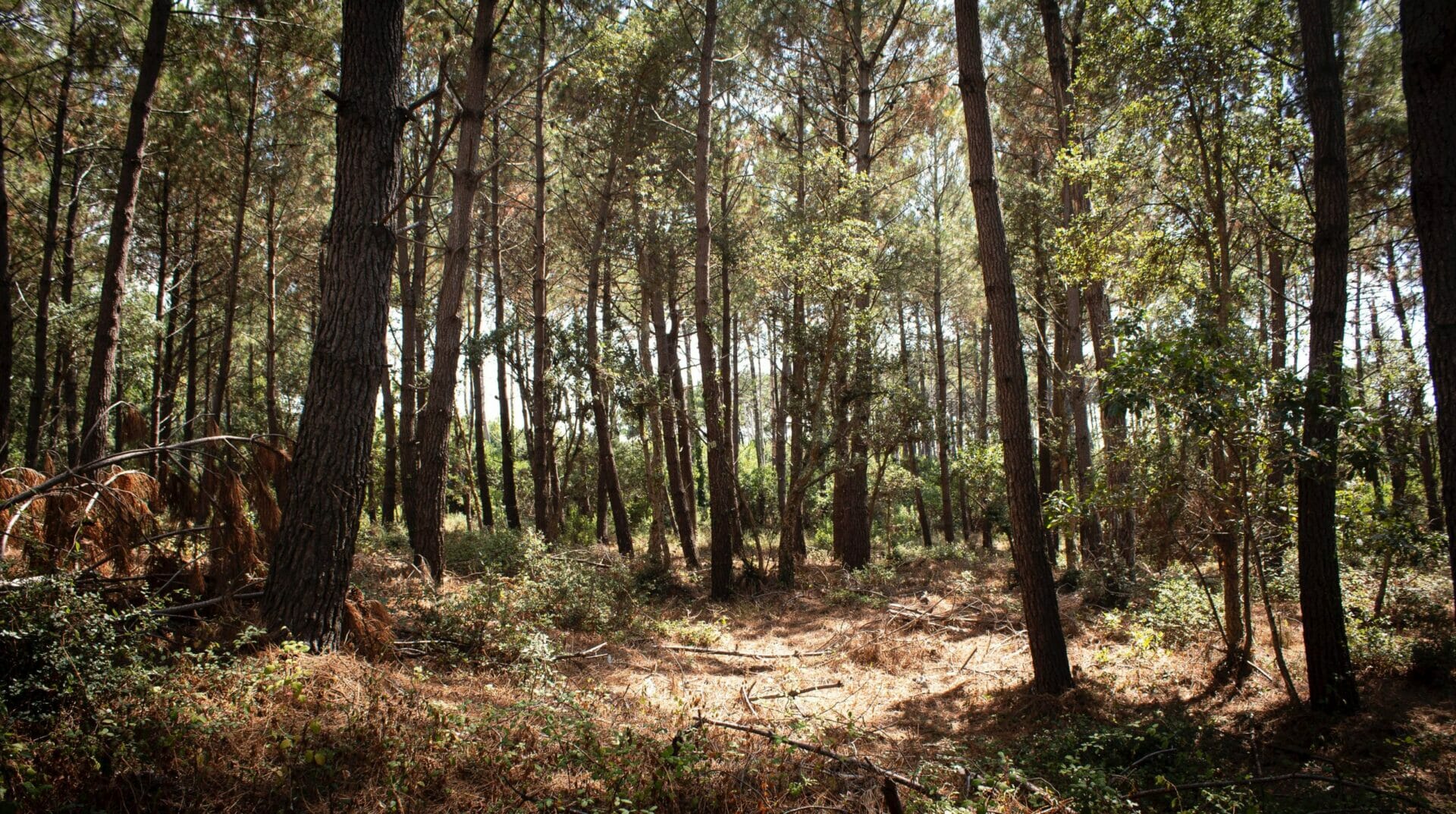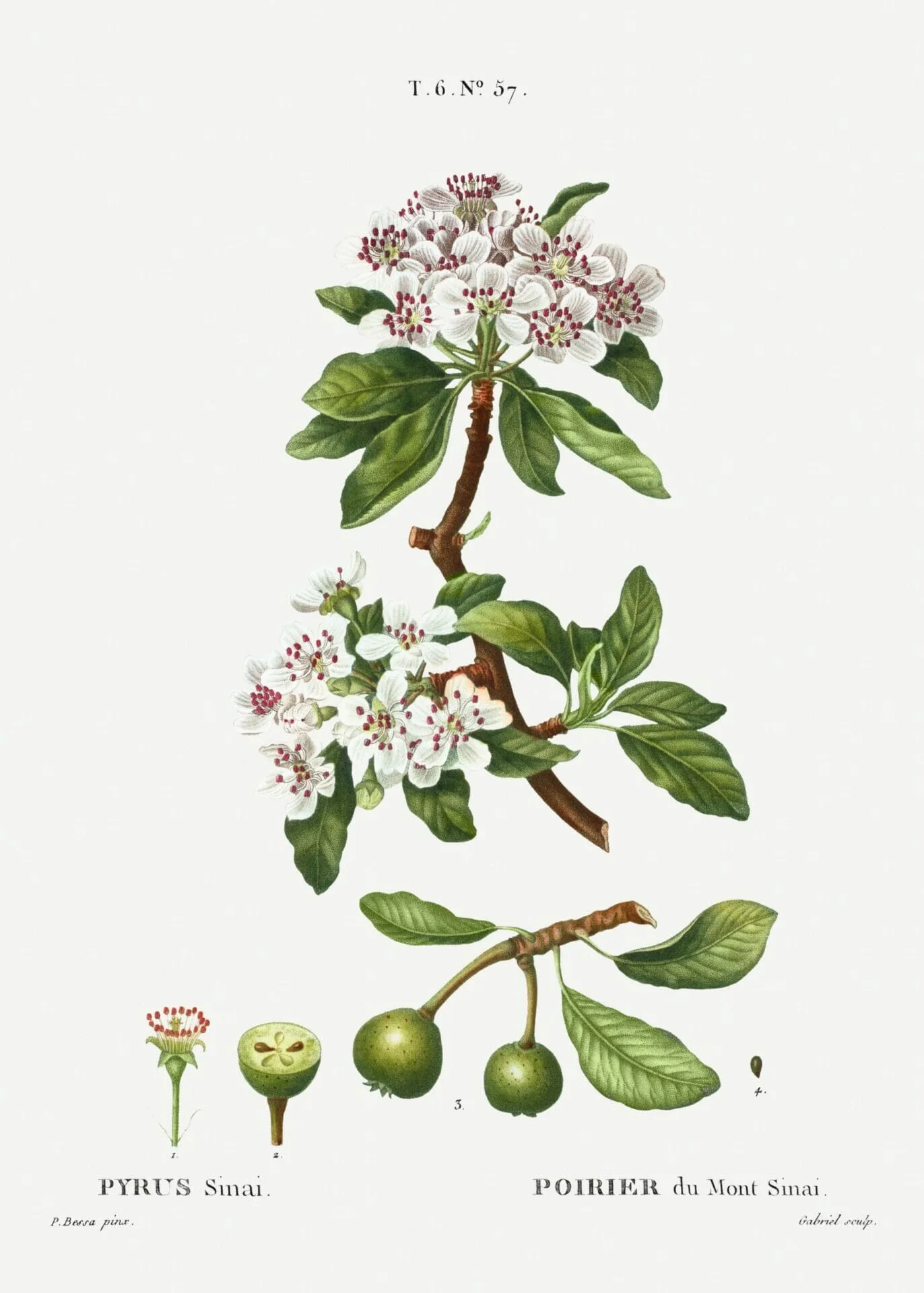
In My Own Time | Inside Karen Dalton
Artist
Year
Country
At the beginning of her musical career, in the mid-1960s, folk singer Karen Dalton seemed instinctively to know what makes an unforgettable track. “Why do you think you have to sing so loud?” she used to say, “If you want to be heard you have to sing softer”. By that time, Dalton was one of the most promising talents in Greenwich Village. Everyone on the scene would recognize her disenchanted, bluesy voice. But two decades after the release of her final album, In My Own Time, her death passed almost completely unnoticed.
The history of the arts is filled with talents only recognized too late. From J.S. Bach to Emily Dickinson, from Franz Kafka to John Keats: countless are those artists whose genius passed unknown during their lifetime. But while some of them struggled for success for their entire lives, others seem to have done everything in their power to avoid it. And Dalton is one of this kind.
For roughly forty years, In My Own Time has been a hidden folk gem. And while a bunch of devoted fans kept idolizing it, the rest of the world had completely forgotten the soft, beautiful voice of Karen Dalton. Then, at the beginning of the 2000s, she suddenly began making the headlines as “the best singer you’ve never heard of”. And her story turned out to be almost as fascinating as her music.
Drown in the Village
Born in 1937, Dalton arrived in New York at the beginning of the sixties. Half-Cherokee Indian, half-Irish, she came out of the Texoma region, that sits on the Texas-Oklahoma line at the eastern edge of the Great Plains. She brought along a twelve-string guitar, a long-neck banjo, and at least one of her two children. She was in her early twenties but had already two divorces behind and a couple of missing teeth, which she had lost in an attempt to break up a fight between two of her boyfriends. Life had been hard on her, but she had music to ennoble her sufferings.
Shortly after her arrival, she became deeply entrenched in the Village’s folk scene. She occasionally performed at the legendary Café Wha?, where she made the acquaintance of Bob Dylan. “Karen had a voice like Billie Holiday and played guitar like Jimmy Reed.” He wrote in his biography, Chronicles: Volume I. She was his “favorite singer in the place”.
But unlike other singers on the scene, Dalton was so bashful as to be uncomfortable playing live. And even when she felt like stepping on stage, she wouldn’t always be able to. Dalton didn’t drown her sorrows into music only. Hard drugs and alcohol made touring almost completely impossible. And recording was almost as difficult.
In her own time
Getting In My Own Time done was a struggle for everyone. Dalton was a talented singer and musician, but she was not a writer. Like many artists on the folk scene, she would re-propose folk and blues classics in her style. And to make her outshine the crowd, producers tried to give her a bolder sound. She couldn’t stand it. To feel more at ease with the process, she had to fetch both her children, her dog and her horse from Oklahoma. In the end, the team could bring the album home.
In My Own Time is a portrait of this fight. It features a majority of full-bodied tracks and a bunch of simpler ones. All of them are worth a listen. Dalton’s version of the classic When a man loves a woman definitely stands out. Her world-weary, voice beautifully enhances the lyrics of Percy Sledge’s classic composition. Passionate, melancholic brass-wind-instruments elegantly complement her sound.
But if the listener wants to get a taste of Dalton’s real musical soul, Katie Cruel is the song. A raw, abrasive acoustic track, it shows off Dalton’s great banjo skills. With her very 60s take on this 18th-century song, Dalton brings the listener straight to the 1930s Oklahoma, where she was from.
After all this, the team’s struggle to get along revealed a very fertile common ground. The result was a beautiful, sober and yet poignant album. But also, an album that didn’t sell. When In My Own Time flopped, Dalton embraced failure with the same uncompromising devotion she had so far given to her art. She said goodbye for good to the music industry and spent the rest of her days in a mobile home near Woodstock.
Sweet afterlife
Extraordinarily gifted, and yet too stubborn to please the market. Supernaturally graceful in her art, and yet completely out of control in her personal life. Dalton’s human and artistic trajectory might remind one of Inside Llewyn Davis, the Coen Brothers’ movie about a folk singers’ commercial failure. But this story stretches a bit longer.
At the beginning of the 2000s, an increasing number of artists began to cite her as an influence and a favorite. It started with Nick Cave, then Devendra Banhart, and Joanna Newsom joined in. And all of a sudden, Dalton’s music was a thing again. In November 2020, she became the protagonist of a documentary, Karen Dalton: In my own time. And in February 2022, she can boast 600,000 monthly listeners on Spotify.
It took her decades to finally get heard, but she did it the way she wanted. She never tried to be loud. She just had to be true.
You can stream In my own time on Spotify.
Tag







